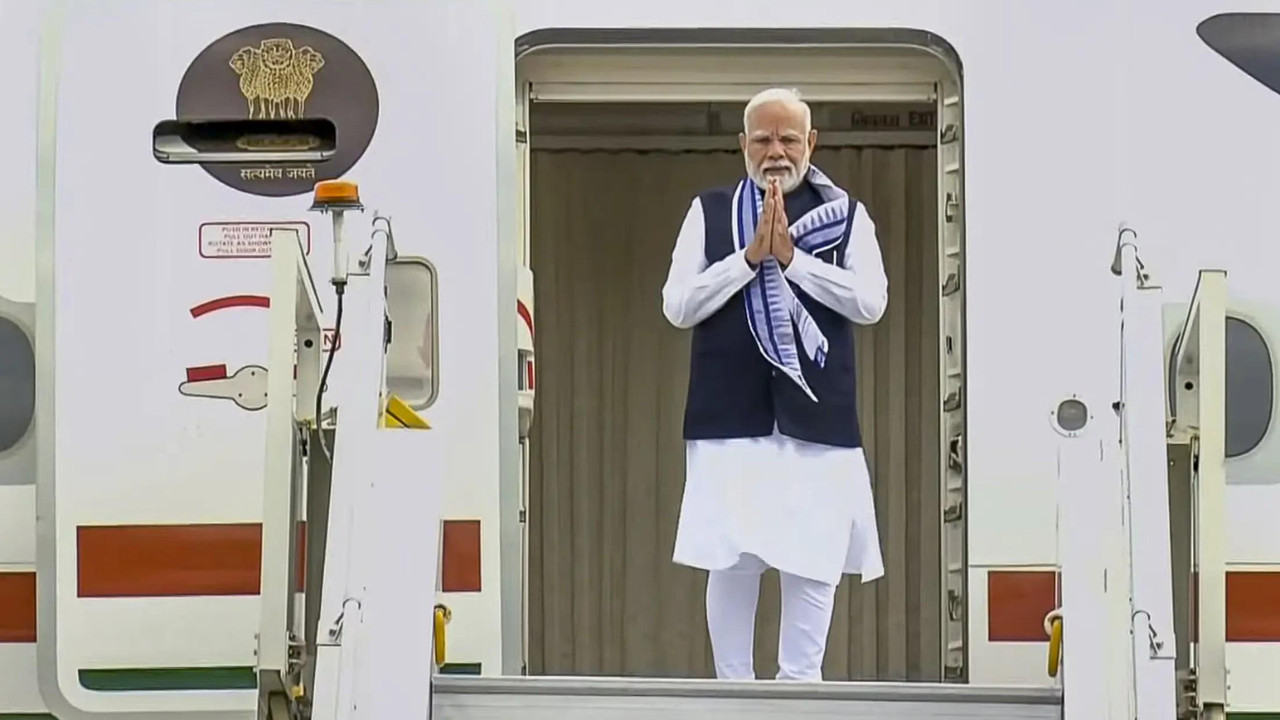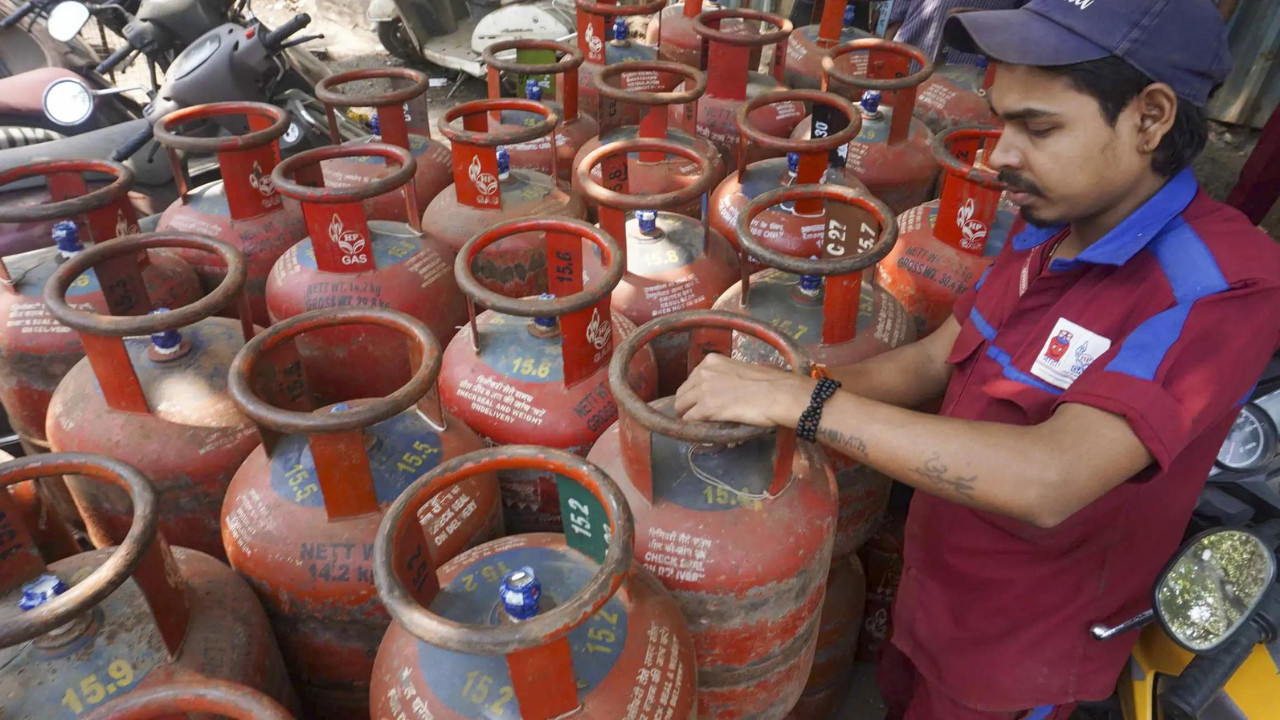Indian money in Swiss banks more than tripled in 2024, reaching a three-year high of nearly Rs 37,600 crore, driven by increased funds through local branches and financial institutions. While individual deposits saw a modest rise, overall Indian-linked funds surged significantly. Switzerland emphasizes cooperation with India in curbing tax evasion through automatic exchange of information.
Swiss Bank Secrets: India’s Holdings Take an Unexpected Leap
Okay, let’s talk money. Secret money. Specifically, the kind stashed away in those famously discreet Swiss bank accounts. For years, the narrative has been one of crackdowns and decreasing deposits, with nations trying to reel back undeclared wealth. But the latest whispers from Zurich are painting a surprisingly different picture, especially when it comes to India.
The numbers, fresh out of Switzerland’s central bank (SNB), tell a compelling tale. Indian funds held in Swiss banks have tripled in a single year, rocketing to a hefty ₹37,600 crore (that’s roughly $4.5 billion USD) in 2024. Let that sink in. Triple. The increase is so dramatic it begs a string of questions. Why this sudden surge? Who’s behind it? And what does it mean for India’s efforts to combat black money?
Now, before we jump to conclusions about nefarious dealings and shady transactions, let’s break down what this doesn’t necessarily mean. The SNB figures aren’t a definitive measure of “black money.” They represent the total liabilities of Swiss banks towards Indian clients. This includes deposits from individuals, yes, but also holdings of Indian businesses operating internationally, funds managed by wealth managers, and even money held by non-resident Indians (NRIs). So, it’s a far broader figure than just illicit wealth hidden away from the taxman.
What is interesting, however, is the breakdown of the data. While the overall Indian holdings have skyrocketed, individual deposits have only seen a modest 11% increase. This suggests the real action isn’t happening in the personal savings accounts of individual Indians, but rather in the larger pots controlled by companies and other entities.
Think about it: Large Indian corporations are becoming increasingly global. They’re investing, acquiring businesses, and managing finances across multiple countries. It’s plausible that a significant portion of this increase reflects legitimate business activity, with companies utilizing Swiss banks for trade finance, investment management, or simply as a convenient hub for international transactions. Switzerland, after all, still boasts a sophisticated financial infrastructure and a reputation for stability, even if the secrecy surrounding it has been significantly eroded.
Of course, the million-dollar (or rather, the multi-billion dollar) question is: how much of this increase is genuinely legitimate, and how much is… less so? The fact that individual deposits haven’t mirrored the overall surge certainly raises eyebrows. It hints that the big players – corporations, investment funds, perhaps even trusts – are the ones driving this dramatic increase.
The Indian government has been actively pursuing information-sharing agreements with Switzerland for years, aiming to shed light on the identities behind these accounts. While progress has been made in cracking down on tax evasion, this sudden surge underscores the ongoing challenges. It highlights the need for even more robust monitoring and stricter enforcement to ensure that Indian funds held abroad are declared and taxed appropriately.
It also makes you wonder if some entities are simply finding new, more sophisticated ways to navigate the system. Are they exploiting loopholes? Are they using complex corporate structures to obscure the true ownership of these funds? The answers to these questions are likely to be complex and not readily available.
One thing’s for sure: This data provides fuel for debate and necessitates further investigation. It’s a wake-up call to the Indian government and financial watchdogs, demanding they intensify their efforts to understand the underlying drivers behind this dramatic increase. It’s a reminder that the fight against financial opacity is far from over, and that the allure of Swiss banks, even in this age of increased transparency, remains potent.
Ultimately, we need a clearer picture to determine the full implications of this development. Is it a sign of growing Indian economic might on the global stage, or a symptom of lingering issues with tax evasion and illicit financial flows? The answer, like the funds themselves, might be hidden in plain sight, buried within the layers of international finance. And uncovering it will require a concerted effort from both India and Switzerland. This isn’t just about numbers; it’s about accountability and ensuring a level playing field for all. It will be interesting to monitor the next moves on this chessboard.







